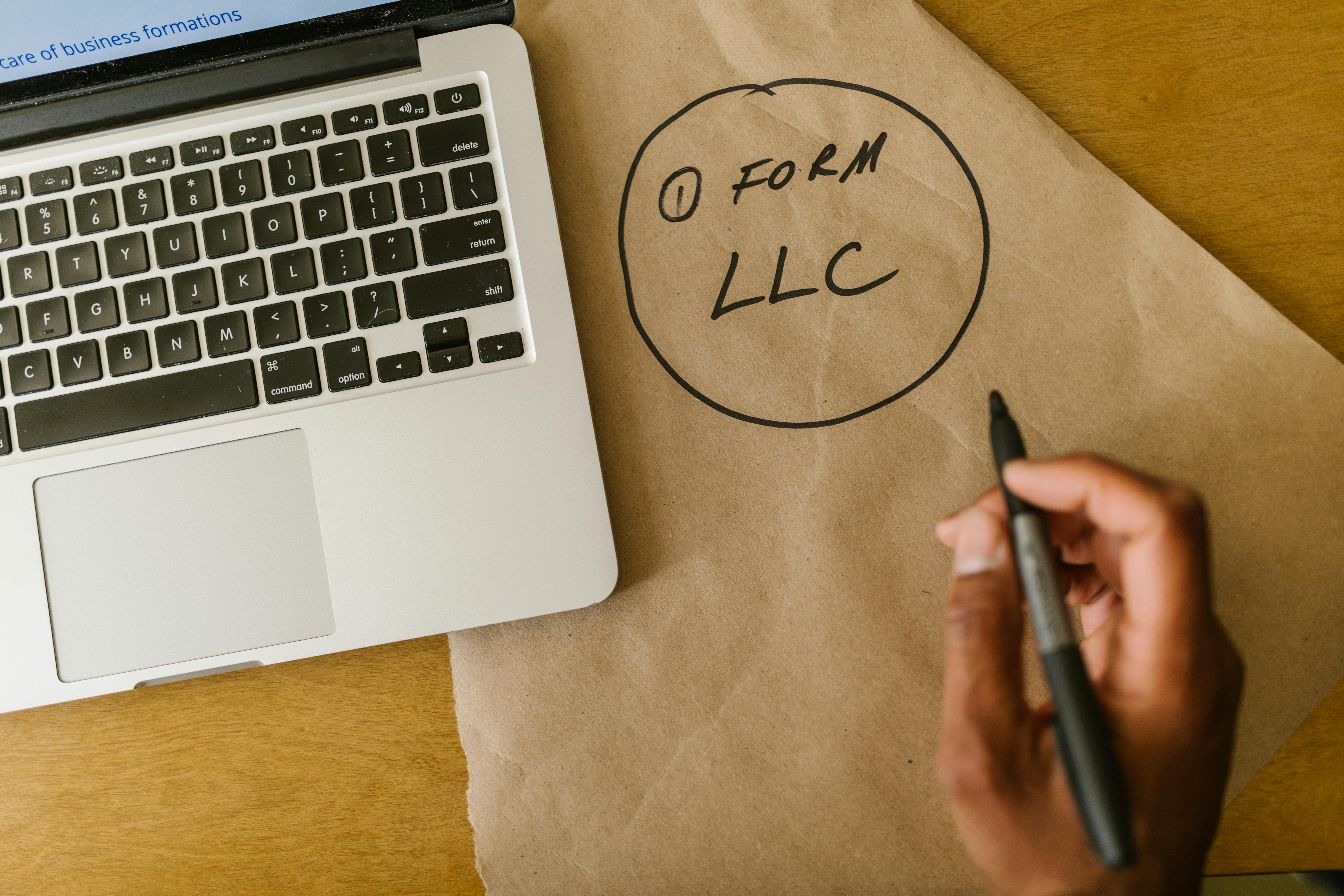What Are Fixed Costs? (With Examples)

October 15, 2025

Every business has expenses, from the utility costs to keep the lights on in the office to the costs of production. But not all costs impact your business in the same way. Most businesses incur many fixed costs that remain unchanged, regardless of the volume of production or sales. These expenses are known as fixed costs.
Fixed costs are expenses that don’t change within a relevant range of time. They include overhead costs like rent as well as business costs like an annual subscription for essential technology. Fixed costs play a big role in determining a company’s financial health, influencing everything from the final product price to the break-even point.
How Fixed Costs Work
Fixed costs are independent of the volume of goods or services produced, at least in the short run. They’re usually operational costs. The fundamental characteristic of a fixed cost is that the total expense remains the same. For example, if a company signs a factory lease with a monthly payment of $10,000, that cost remains the same whether the factory is running at 10% capacity or 90% capacity.
Importantly, costs are only fixed within a relevant range of activity. If a company has to significantly increase production, it may exceed its current fixed cost capacity. To reach a necessary level of scale, you may need to rent a second factory, which doubles the previously fixed costs.
Although fixed costs don’t change within the relevant range, you can view them on a per-unit basis, in which they have an inverse relationship with production. As production volume increases, the total fixed costs are spread across more units, which reduces the fixed cost per unit. This is an essential point for economies of scale: the more units produced, the cheaper each individual unit becomes relative to overhead, thereby increasing efficiency.
Common Examples of Fixed Costs
There are many classic examples of fixed costs, including:
- Rent or mortgage payments
- Property taxes and insurance
- Depreciation of assets
- Salaries for essential staff
- Software licensing and subscription fees
- Loan interest payments
Understanding how these costs impact your bottom line will have a significant impact on how you set key performance indicators for your business.
Variable Costs
To fully understand fixed costs, you have to compare them to their counterpart, variable costs. Variable costs are just the opposite; expenses that change in direct proportion to changes in production volume. If a company doubles production, variable costs like raw materials, packaging, and commissions to sales staff will also increase significantly, if not double themselves.
Some expenses contain both a fixed and variable component. These are mixed costs. For example, a utility bill usually includes a fixed monthly connection charge plus a variable charge based on actual usage.
Why Fixed Costs Matter
Fixed costs are essential tools for internal financial analysis and strategic decision-making. They’re a guiding light for your business in several key ways.
Breakeven Analysis
The most crucial role of fixed costs is in calculating the breakeven point. The breakeven point is the level of sales at which a company’s total revenue equals its total costs. At this point, the business is neither making nor losing money. You’re breaking even.
The higher the total fixed costs, the higher the volume of sales needed to reach the breakeven point.
Pricing and Profitability
Fixed costs dictate the minimum revenue required for a company to stay operational. Variable costs determine the floor for short-term marginal pricing — the cost of producing just one more unit — fixed costs have a bigger influence on long-term pricing strategy. Essentially, your pricing strategy should be able to cover overhead fixed costs and generate a profit over the product’s life.
Scaling and Risk
Fixed costs determine a company’s operational leverage. Businesses with high fixed costs and relatively low variable costs (like specialized manufacturing or software development) are highly leveraged. Once they pass the breakeven point, profits increase very quickly with each additional sale.
On the other hand, high fixed costs also mean greater risk during economic downturns or slow periods. If sales volume drops, the company is still obligated to pay large, unavoidable expenses like rent or salaries that can lead to rapid losses.
FAQs
A CEO’s base salary is typically a fixed cost. However, any bonus or commission structure based on performance would be considered a variable cost.
For accounting purposes, depreciation on assets like machinery or buildings is a predetermined expense recognized each period. Since the value written off does not change based on how many units the machine produced that month, it is classified as a fixed cost.
Fixed costs are no longer fixed when the business expands beyond its relevant range. For example, if a bakery outgrows its current space and must buy a second oven or rent a second location to increase capacity, its total fixed costs will increase.
Take a look at our news on Business Essentials

 by Nick Perry
by Nick Perry

 by Nick Perry
by Nick Perry

 by Nick Perry
by Nick Perry

 by Shanel Pouatcha
by Shanel Pouatcha

 by Nick Perry
by Nick Perry

 by Nick Perry
by Nick Perry

 by Nick Perry
by Nick Perry

 by Nick Perry
by Nick Perry

 by Shanel Pouatcha
by Shanel Pouatcha

 by Nick Perry
by Nick Perry

 by Nick Perry
by Nick Perry

 by Nick Perry
by Nick Perry